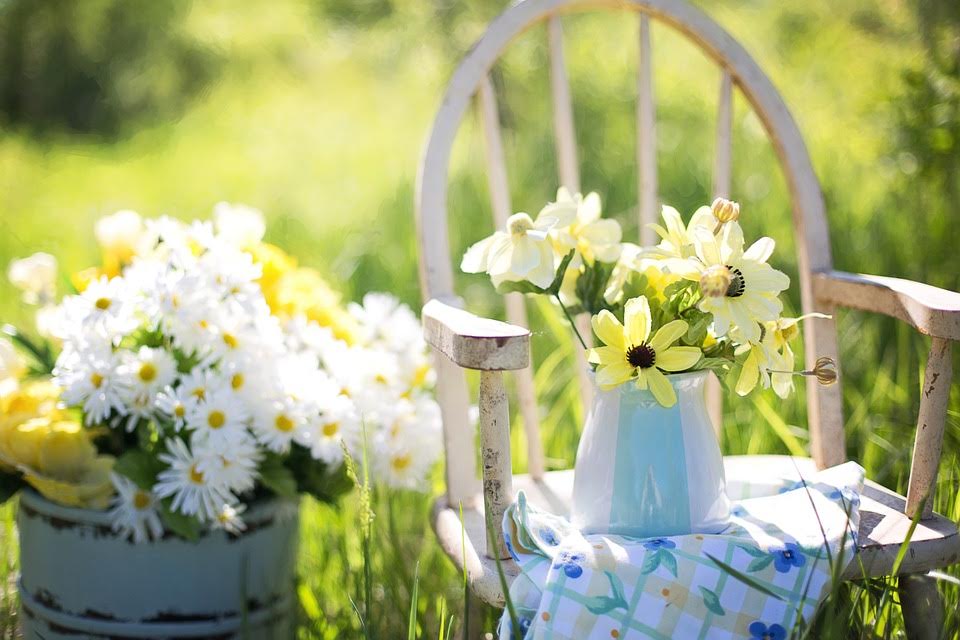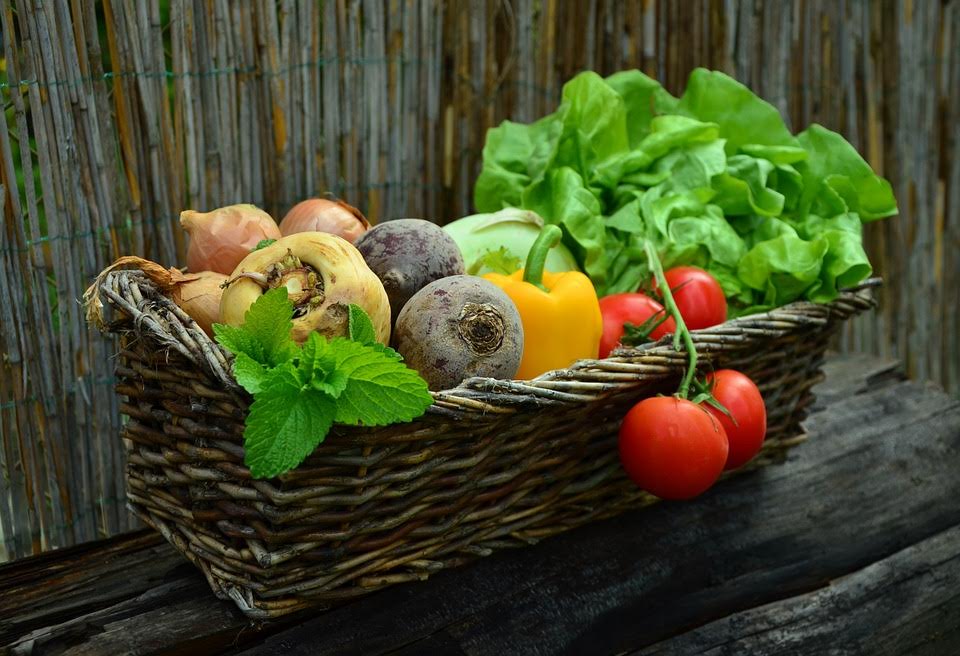If you want to start growing your own edible and decorative plants, this is the perfect time of the year for such wonderful ventures.
Spring is when you want to begin growing and digging to create a vegetable garden, an herb garden, or a flower garden.

Fall will be a good time to plant trees, shrubs, bulbs, and some perennials, and during the summer you’ll typically spend time watering, weeding, and watching your lovely plants grow.
Here are some tips on how to get your garden ready for planting:
1.Choose What to Grow
Start with choosing what you’d like to grow, and then get as creative and playful as you wish - it's your garden, after all!
While you certainly don’t have to stick with just herbs, for instance, it’s wise to start small, especially if you’re new to gardening, even if you have plenty of room in your garden, energy and time.
2. Select the Best Spot
Depending what you’re going to grow, keep in mind that all vegetables and most flowers need about six hours of full sun each day.
Spending some time in your garden and watching how the sun moves across the space will give you a good idea about which spots receive more sun. Even if your garden is large with little or no sun, you can choose plants that tolerate shade – simply check plant tags or ask the staff at your local garden center to find out how much sun a plant needs.
Next, plan to garden where your plants will get your attention, such as outside a door or window you often use or near the mailbox. Make sure it’s close enough to a water faucet, so it’s easy to water the plants.
3. Clear the Area
The area you’re going to plant needs to be clear of the sod, and covered with a 3-inch layer of compost, or combination of potting soil and topsoil. To clear the sod, either dig it out, especially if the area is covered with weeds such as creeping Charlie, or completely cover it with newspaper, usually with a layer of five sheets. If your lawn is Bermuda grass, or St. Augustine grass, you’ll want to use double the amount.
4. Boost the Soil
The best thing to use is organic matter. Mix a 2-3 inch layer of compost, decayed leaves, dry grass clippings, or old manure. Dig and work the organic matter into the soil (see below). If you have an established bed, just place the organic matter on the surface, so it can work its way into the soil.
You can find out what kind of soil you’re working with by having a soil test done through your county cooperative extension office, and learn about what your soil lacks and how to improve it.
5. When to Dig
When you dig, the soil loosens, making it easier for roots to penetrate. However, it’s important to know when to dig.
If you dig when the soil is too wet, you can destroy its structure. The same is true for digging when the soil is too dry, so for best results, dig when the soil is moist enough to form a ball in your hand, but not sandy so that it easily falls apart if dropped.
To dig, use a spade or spading fork. Gently turn the top 8 to 12 inches of soil, mixing in the organic matter. If you’re planting vegetable gardens and beds of annual flowers, you’ll only turn the soil once a year - in the spring before you plant.
For perennial flowers, prepare a bed by double digging. Remove the top 8-12 inches of soil, a little bit at a time, loosen it and work organic matter into the newly exposed 8-12-inch layer of soil, replace the top layer, and then work organic matter into the top layer. While this does sound like a lot of work, it can surely make a big difference in how well your plants grow.
6. Herbs, Vegetables, or Flowers
Imagine the aroma and flavors of fresh herbs you can use in your cooking, and more. Most herbs can be grown in containers or outdoors and don’t need too much watering or looking after, but love sunshine and good soil.
A vegetable garden will offer you the opportunity to enjoy the flavors and textures of varieties that can far exceed grocery store produce.
If you opt for a vegetable garden, you’ll find that learning which vegetables to plant and how to tend to them for the best harvest is probably easier than you think. If you plan right, you’ll be able to enjoy a bountiful garden without having to spend too much time or too much effort.
To grow flowers, decide if you’d like annuals, which offer color(s) most of the summer but need to be replanted each year, or perennials, offering a shorter bloom time but returning year after year.

If you decide on a garden that includes herbs, vegetables and flowers, you’ll be creating a beautiful landscape, full of goodies you can enjoy.
At Schaefer Wholesale Florist (SWF), we take pride in being able to provide wholesale flowers and supplies, including thousands of bulk flowers and dozens of plants that will give a lovely boost to any floral business.
When searching for premium wholesale flower suppliers, turn to Schaefer Wholesale Florist - your trustworthy wholesale florist dedicated to top-notch products and service since 1958.
We invite you to visit our online store offering wholesale plants and wholesale flowers and supplies and become our registered customer today.



